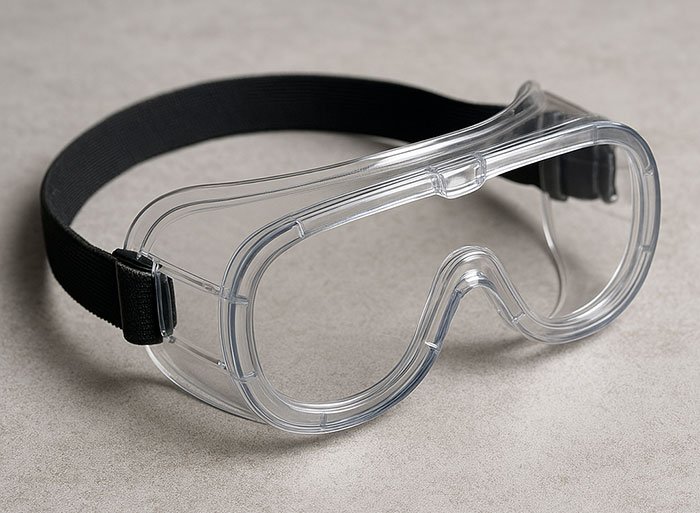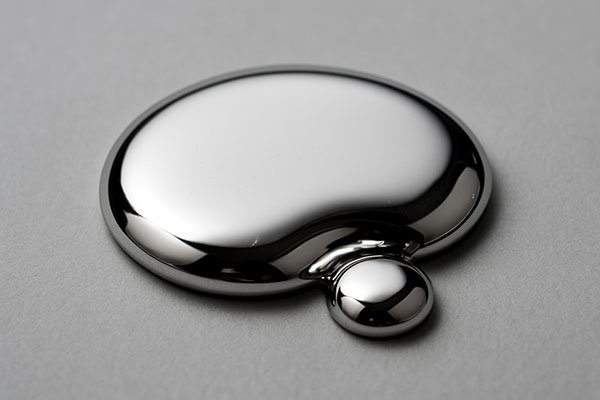A Glove of Many Colors: The Ins and Outs of Nitrile Gloves
By Kathryn Etre
Have you ever eyed different colored nitrile gloves from visiting fellow conservators and allied professionals with envy? Have you wondered whether these gloves are different/special types of nitrile gloves? The short answer to the last question is no.
Nitrile gloves – a copolymer of acrylonitrite (ACN) and butadiene – has slowly replaced latex gloves due to latex allergies. Nitrile gloves were first colored blue in order to be vastly different from white latex gloves. However, now they can be purchased in a wide variety of colors. These colors do not indicate a difference in chemical composition or thickness but rather personal preference. Even the accelerator-free (discussed later) and the chemo-resistant nitrile gloves are available in many colors.
There are generally two types of nitrile gloves: Industrial and medical. Industrial gloves show better resistance to solvents and chemicals and so are typically better for conservation benchwork. Medical nitrile gloves tend to be thinner to allow for greater fine motor movement and are more rigorously tested. Medical nitrile gloves have to meet certain standards as provided by the FDA, whereas industrial gloves do not.

Different industries, however, tend to choose different colors for nitrile gloves. For example, black gloves are recommended for mechanical work to hide oil and grease stains. Black gloves are seen by some law enforcement agencies to offer a more professional appearance as well as to differentiate from EMTs. One website even suggested that medical clinics should color coordinate their nitrile gloves with their scrubs.
In medical and laboratory settings, gloves can be color coded by type of activity, chemical, etc. to prevent cross contamination. It has also been recommended, in cases of high instances of rips and tears, that a user double glove with two different glove colors – preferably with the brighter glove as the bottom layer. A tear in the first glove will be revealed by the under-la yer color appearing.
Unfortunately, a thicker glove will not be stronger in case of puncture and tearing but will be more resistant to chemicals. Nitrile gloves are very resistant to petroleum products, weak acids/bases, detergents, and formerly common pesticides such as arsenic and DDT. Nitrile gloves are moderately resistant to alcohols but are poorly resistant to ketones, such as acetone which will cause rapid deterioration of the gloves. Thicker gloves and/or double gloving will provide protection from
prolonged use of such solvents.
Although rarer than latex allergies, some individuals can become allergic to nitrile gloves. This reaction tends to be caused by the accelerant used within the production process. This accelerant helps to enhance tear resistance and elasticity and typically is sulfur-based. The accelerant may tarnish silver and other reactive surfaces (National Parks 2010, 4), and so may need to be avoided if large amounts of such reactive surfaces are being handled. An accelerant-free glove may be purchased in these cases. These accelerant-free gloves tend to be approximately $5 more expensive per box and may not
be as durable. In addition, a wearer may be sensitive to the dyes. In general, the brighter the color of the glove – the more dye that is used – the greater the possibility of an allergic reaction. There has been a growing concern in the conservation world about the sustainability of the materials and chemicals used within the field. Traditional nitrile gloves are not sustainable and are projected to take 100 years to fully break down. Showa (https://www.showagroup.com/us-en/shop/6110pf) has produced a biodegradable nitrile glove, available on Amazon and Grainger. However, these gloves do
not appear to have been fully vetted.
With all of these facts in mind, accessorize and coordinate all of your PPE to your heart’s content!
Sources
D.G. July 7, 2016. Nitrile Gloves: Buyer’s Guide to Choose the Best Nitrile Glove for Your Application. Yourglovesource.com.
National Parks Service, 2010.
How to Select Gloves: An Overview for Collections Staff. Conserve O Gram 1.12.
Nitrilegloves.com
Showagroup.com
OSHA, 2004. Personal Protective Equipment. US Department of Labor; there is a chart with the resistance of neoprene, latex, butyl, and nitrile gloves to every chemical on pages 22-29.



